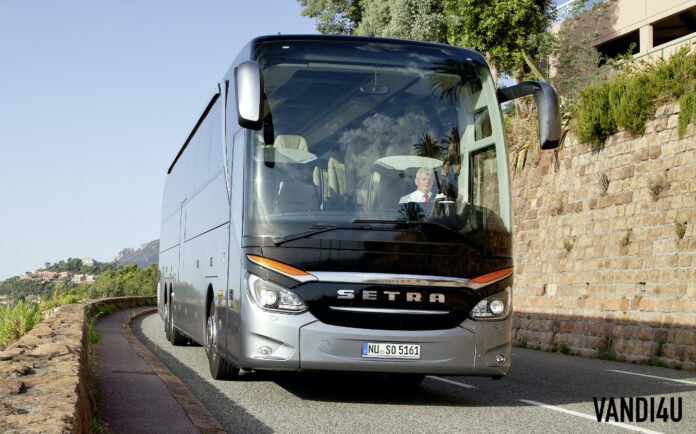With a total of six model series over the past seven decades, the renowned Ulm-based luxury-coach brand has regularly set standards within Europe’s bus-building industry and has had a decisive influence on the development of the sector. Things started in 1951 when the Ulm-based Kässbohrer vehicle works presented the S 8 and simultaneously gave the brand its present-day name: Setra, which is an abbreviation of “selbsttragend”, the German word for self-supporting, in reference to the monocoque construction of the bus. The first Setra S8 was launched to bus operators 70 years ago this year, while the company that originally created the brand, Kässbohrer, introduced its first bus, built on a Saurer chassis, 110 years ago.
S8 with self-supporting body design
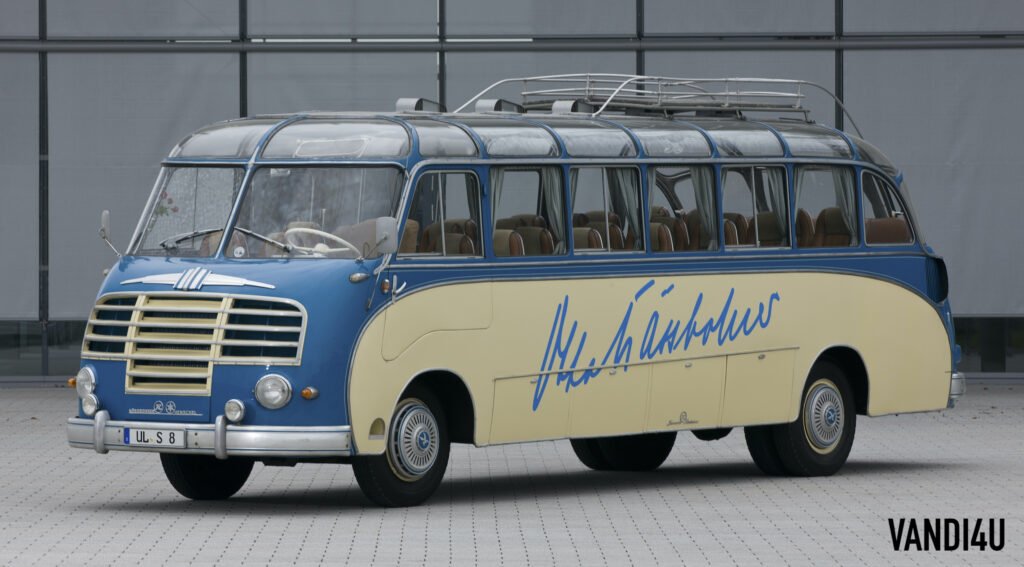

Setra S 8 was the first integral coach ever built. For the first time, a coach was an integrated entity and not a technological merging of the chassis and a superstructure (body-on-frame). Even its streamlined exterior design was revolutionary. This coach was better than any of its predecessors. This first bus manufactured in series production to feature a self-supporting body, rear-mounted engine and direct drive to the rear axle was presented during the International Motor Show (IAA) in Frankfurt. The installation of a rear-mounted engine with direct drive to the rear axle reduced the weight, and the coach body had a higher structural strength and therefore offered more safety.
Modular principle first used in the S 10 model series
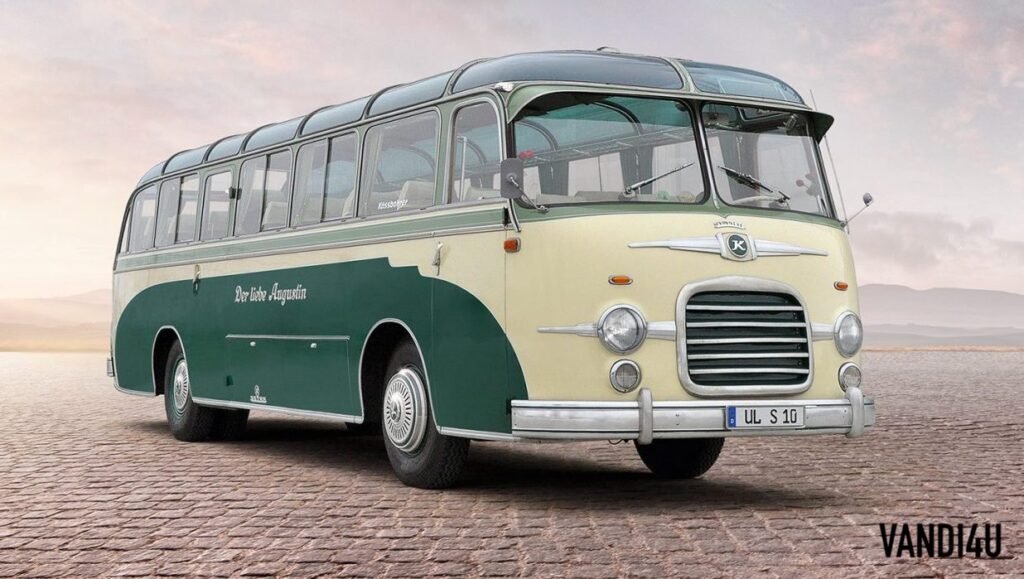

The first Setra bus with modular system, 10 model series was launched in 1959 and was completely new to bus design at the time. The S 10 was the second Setra model after the S 8 and it became a true best-seller. The body of the vehicle was longer than that of its predecessor with a maximum of ten seat rows and a greater overhang at the front. Thanks to this well thought-out modular principle, it was possible to produce vehicles especially efficiently. Four buses could be produced daily in this way. This also led to the worldwide triumph of Setra coaches with sales of close to 7,500 units over 16 years. In the end, the 10 series included models S 6 through to S 15. Additionally, there was the ST 110 service bus and the first articulated coach in Europe, the SG 165. Models S 10 to S 14 were built in touring and overland travel versions, as well as in city versions.
S 100 model series
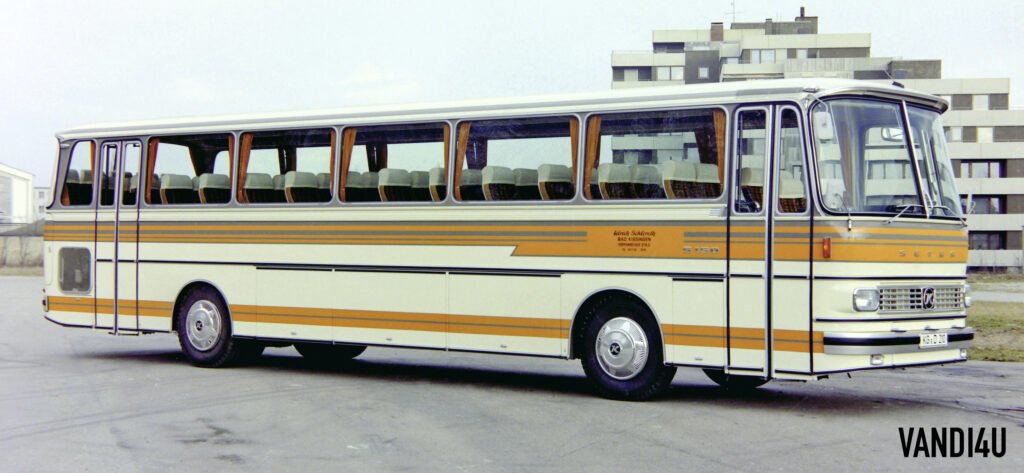

The transition from the Setra 10 model series to the 100 model series in 1967 marked a further development in the industrialisation of bus-building at the company. The premiere with models S 100, S 110, S 120, S 130 and S 140 was also a milestone in terms of visual development. The strong curves of the first Setra coaches gave way to clear, functional lines. And, in fact, this design is still recognisable in today’s coaches. All nine models were produced from numerous common parts from Setra’s second modular system.
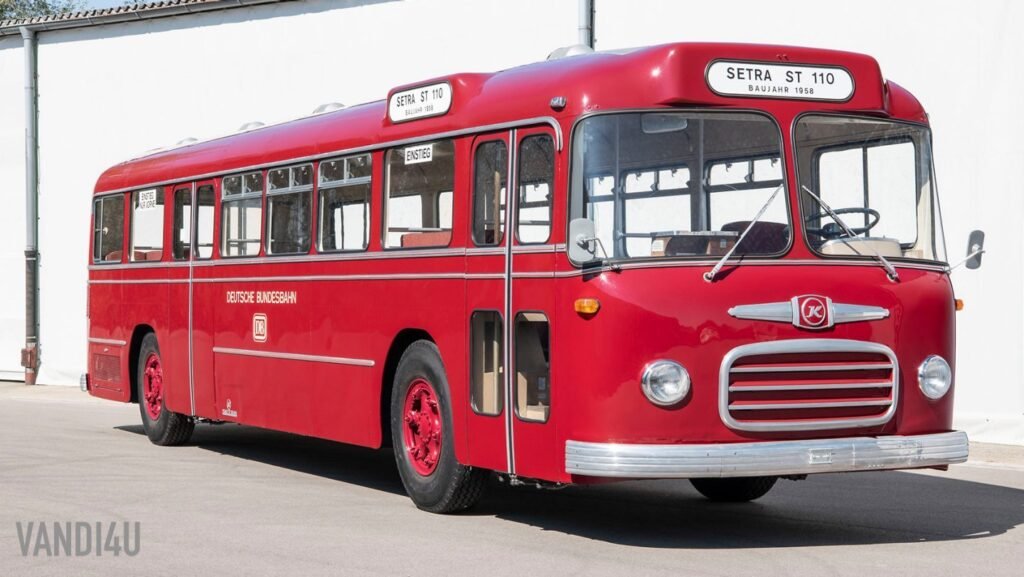

The independent front suspension and the optimised leaf and rubber suspension ensured enhanced comfort and road-holding. In sum, no less than 12,339 units of the entire 100 series with 22 models were sold. The appearance of the buses in the 100 model series was characterised by a more angular shape, a higher degree of comfort, a larger passenger compartment and greater headroom in the interior. In sum, no less than 12,339 units of the entire 100 series with 22 models were sold.
200 model series with Cross-flow ventilation
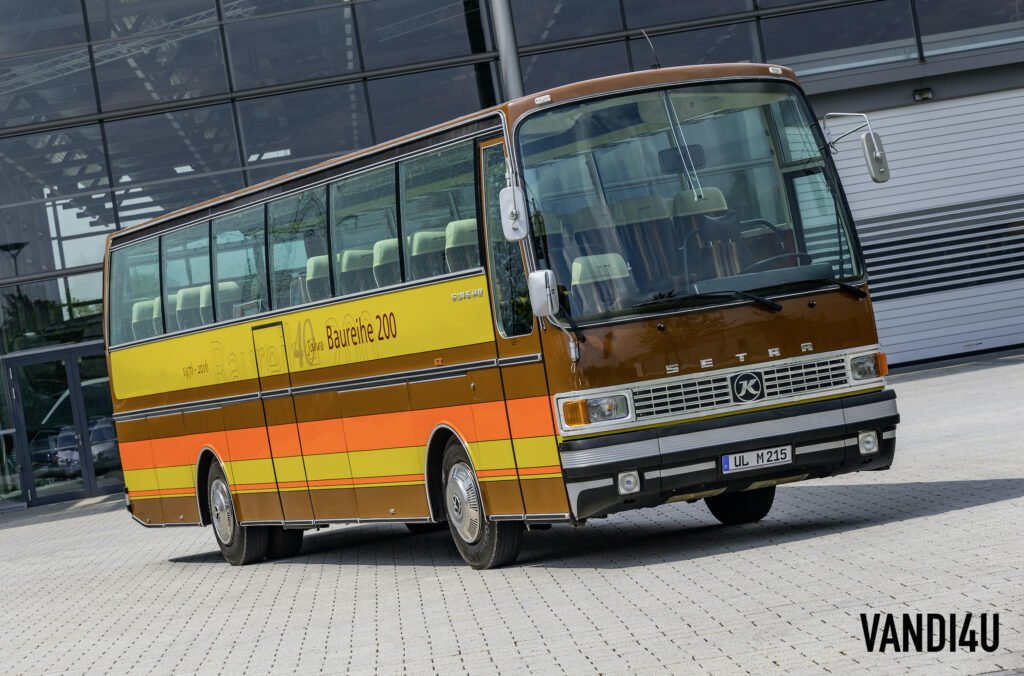

In 1976, the Setra 200 model series was launched with six different models. The vehicles of the third Setra generation impressed with a classic elegance in the lines of its design, which was geared towards both value retention and practicality. Soft curves, smooth transitions and clear contours conformed with the elementary principles of vehicle design that were emerging at the time. The buses of the 200 model series also featured separately functioning ventilation and heating for the driver and cockpit which included intensive demisting of the windscreen. The rear of the three-axle coach housed a 235 kW powerful ten-cylinder V-engine from Mercedes-Benz. The S 211 H, S 212 H, S 213 H and S 215 H high-floor vehicles, each with a height of 3.09 m, and the two high-deck S 213 HD and S 215 HD coaches with a height of 3.34 m.
300 model series with integral mirrors
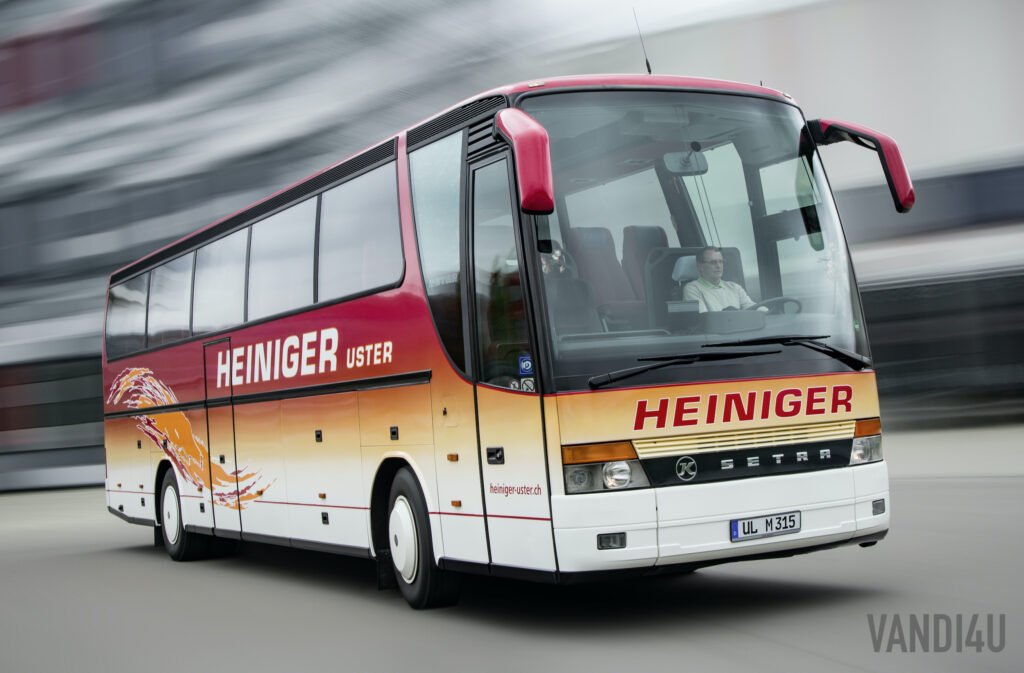

1991 was the year in which the 300 model series with the new ComfortClass was launched. it was presented in Ulm after six years of development. One of the most eye-catching features of the new buses was the distinctive sweeping line behind the cockpit area and the fully redeveloped integral mirror system which gave the model series its unique “face”. Housed in kinked mirror arms, the heated mirrors were adjustable from inside the bus and provided the driver with an excellent view along both sides of the bus. Another significant feature was the cockpit with its ergonomic design in which the most important individual instruments were positioned in the driver’s primary field of vision.
New ranges
Beginning with the 300 model series, the range of buses was now classified in three categories – the TopClass, ComfortClass and MultiClass. The module design principle meant that three different bus variants could be built on the basis of just a single model. They were all equipped with the same body and suspension but had different passenger compartments.
Setra TopClass 300
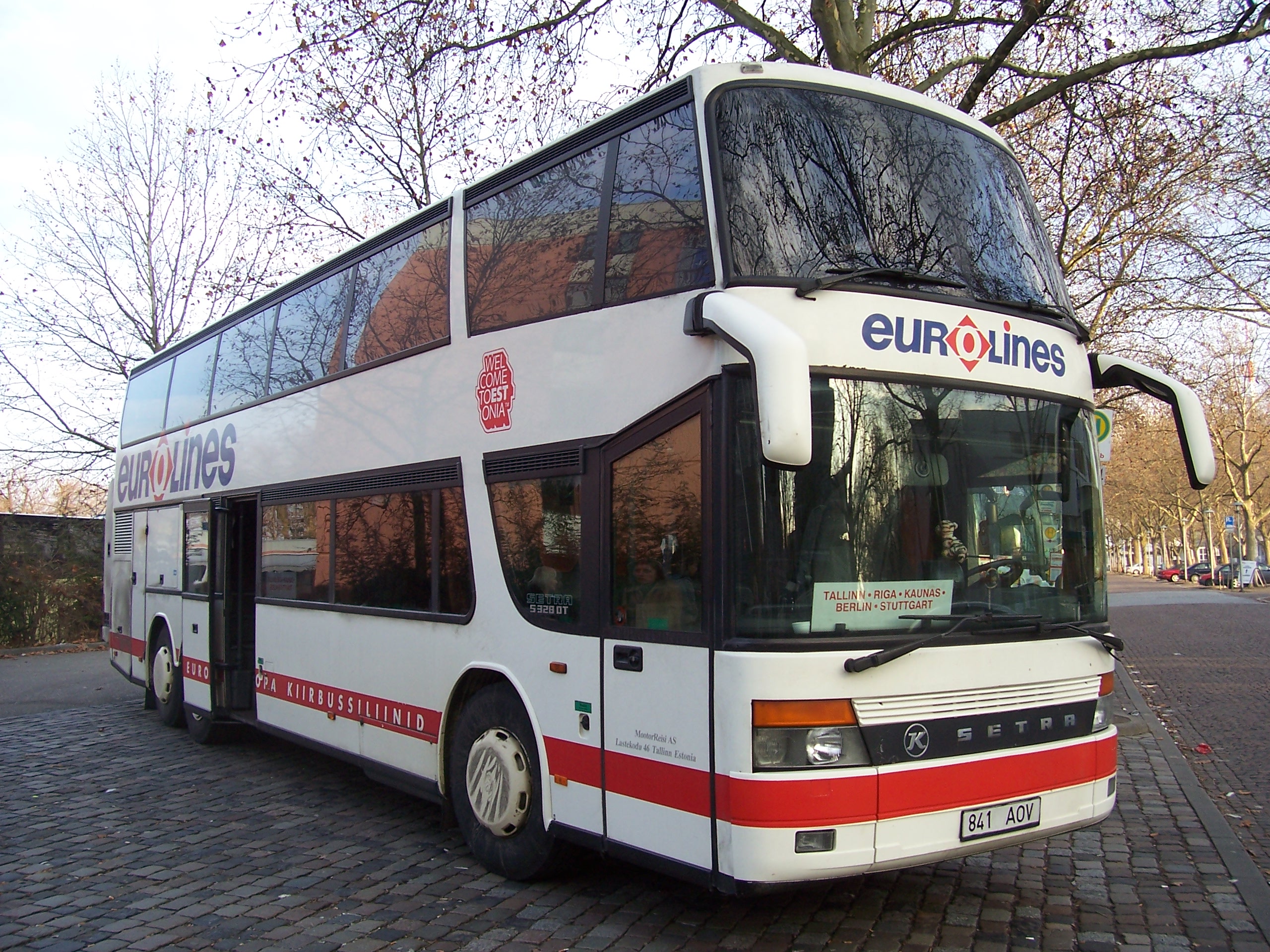

In 1993, the first TopClass 300 was unveiled and launched – the S 328 DT double-decker coach. A total of 15 models were produced as part of the 300 series. On 14 February 1995, the integration of Karl Kässbohrer Fahrzeugwerke into the EvoBus GmbH in Stuttgart was finalised. Thereby, the Setra trademark became a coach and bus brand of the former Mercedes-Benz AG and now belongs to the international Daimler Group, where it enjoys access to the resources of the technology leader in the automotive industry.
Setra TopClass 400


In 2001, Setra introduced the TopClass 400, heralding a new dimension in touring coach design which guaranteed travelling of the highest standard for the driver and passengers alike. The design was characterised by the chrome-coloured sweeping line known as “La Linea”. The range was extended in 2004 by the ComfortClass 400 touring coaches. And finally, in September 2005 the inter-city buses of the MultiClass 400 series were launched. The 400 model series included a total of more than 20 models. More than 6,500 vehicles from the ComfortClass 400 were delivered to customers by 2014, and more than 7,400 from the TopClass 400. Over 1,000 S 431 DT double-deckers from the TopClass 400 left the production line. And a total of 22 models from the 400 series were produced.
ComfortClass 500 with a falling side line at the rear
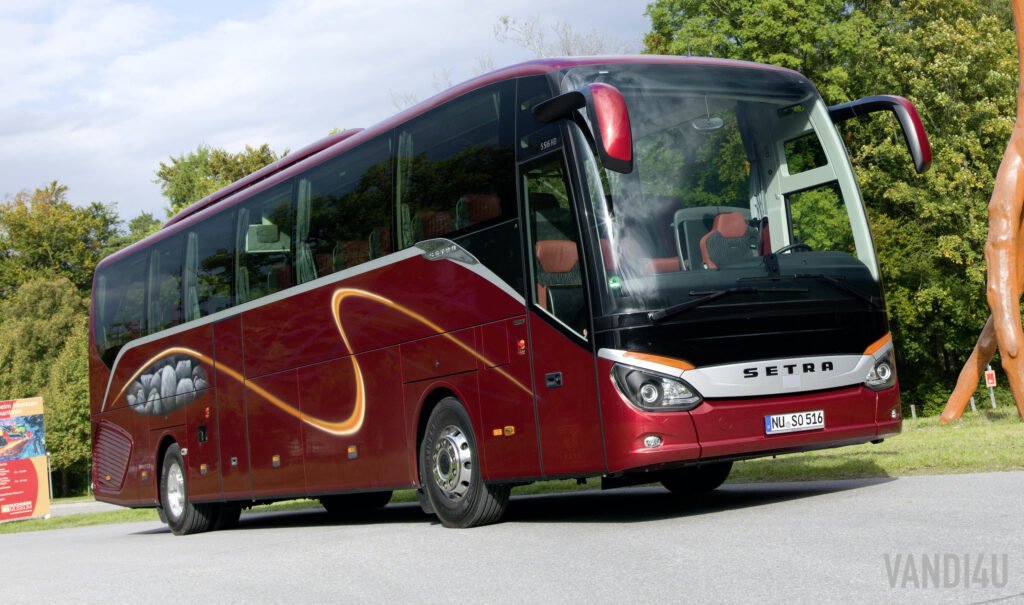

The Setra ComfortClass 500 was presented in 2012 following a four-year development phase which included comprehensive testing. The Daimler AG’s Ulm-based bus brand set benchmarks with regard to economic efficiency, quality, comfort and safety with this visionary model series. The new premium touring coaches impress with an aerodynamically optimised design which was developed during an extensive process in the wind tunnel. The elegant TopClass 500 vehicles followed in 2014.
S 531 DT double-decker
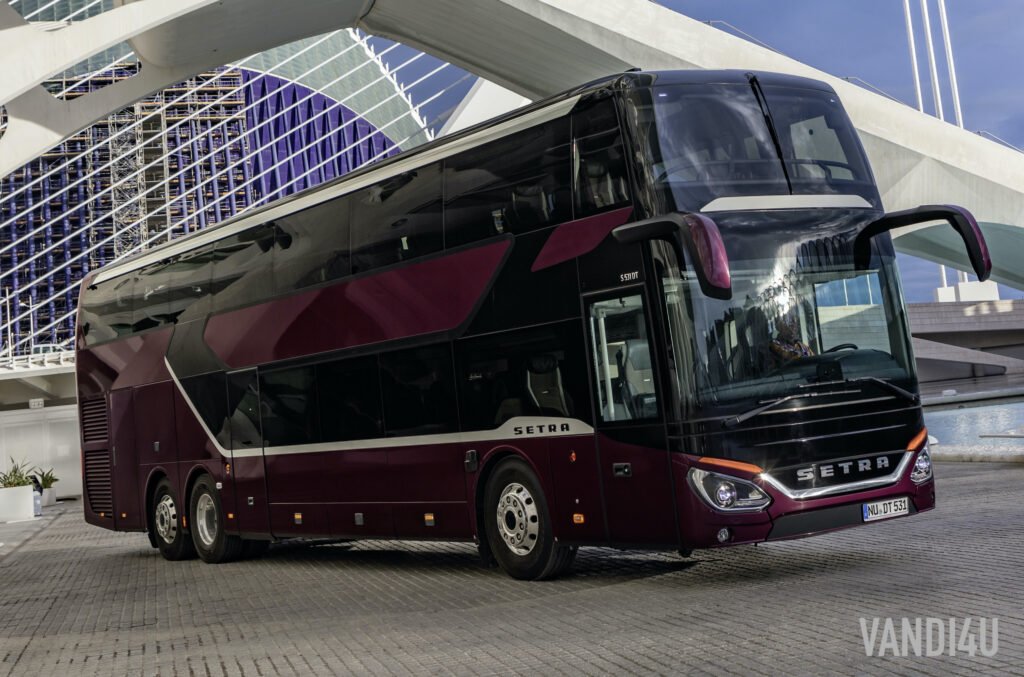

The current flagship of the traditional bus brand which has always stood for the greatest possible individuality is the S 531 DT double-decker bus. It was initially launched in 2019. The Setra S 531 DT double-decker was the world’s first bus with Active Brake Assist 4 brakes. Measuring around 14 m in length, its predecessor defined the ideal size for double-decker buses in touring use: practical manoeuvrability, standard seating for 83 passengers and sufficient space remaining for comfort features such as a washroom and toilet compartment and a kitchenette on the lower deck. Plus adequate space for suitcases and bags in the luggage compartment over the drive unit and additional reserves of space in the underfloor storage compartments.


